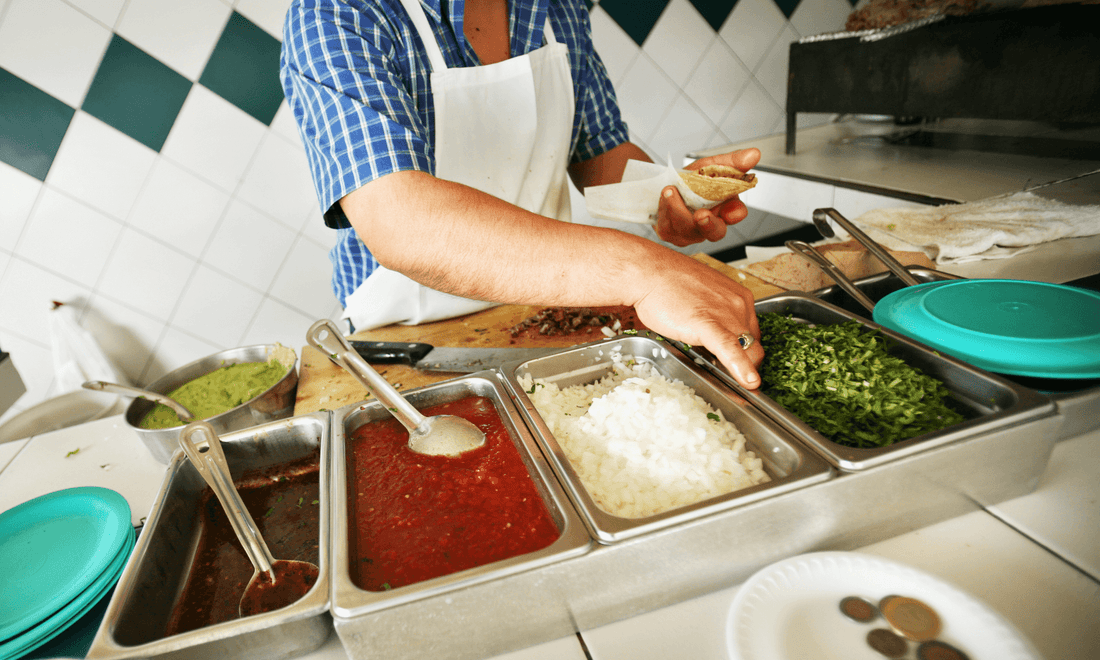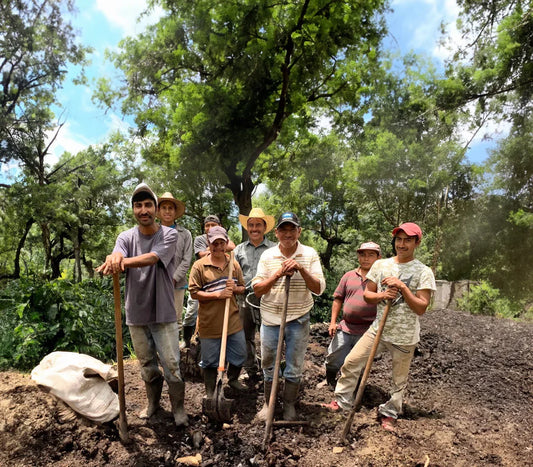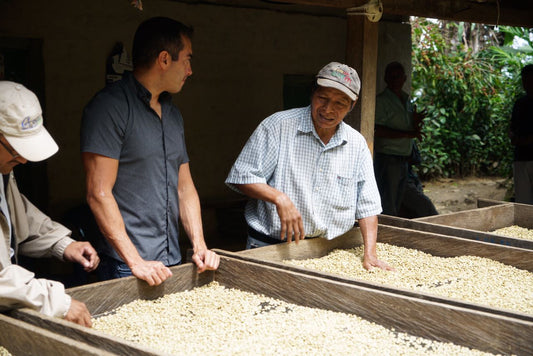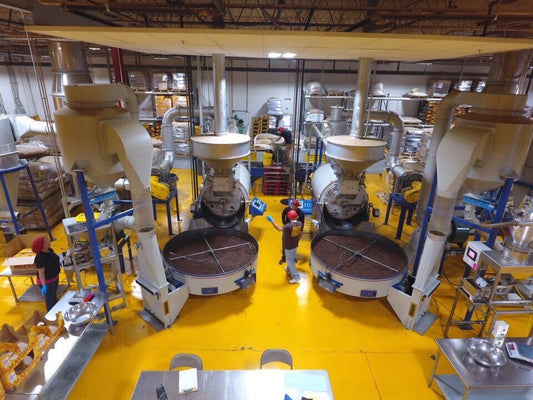
La influencia de las culturas indígenas en la cocina latinoamericana
La ciudad de Oaxaca, el crisol culinario de México, cobra vida cuando los jóvenes asadores queman trozos de carne tierna y jugosa; el olor a maíz fresco impregna el aire mientras la gente hace fila ansiosa para recoger su ración de tortillas recién hechas. Pero ¿cuántos se detienen a pensar en los siglos de habilidad y tradición que hay detrás de estos platos e ingredientes tan queridos?
Pocas personas se dan cuenta de que gran parte de la comida que más disfrutamos, como el ceviche de Perú y los tamales de Guatemala, en realidad está influenciada por culturas indígenas.

Legados gastronómicos
En los últimos años, la cocina latinoamericana ha ganado popularidad y reconocimiento a nivel mundial. Si bien es cierto que los platos se han adaptado a lo largo de los siglos, no podemos ignorar el hecho de que la popularidad de la cocina latinoamericana debe mucho a sus raíces indígenas.
Los mayas, por ejemplo, desarrollaron elaboradas técnicas de cultivo que transformaron el maíz en un alimento básico de la dieta, una tradición que se mantiene hasta el día de hoy. Esta reverencia indígena por el maíz dio origen al arte de la nixtamalización, un proceso que mejora el sabor, la textura y el valor nutricional. Al remojar el maíz en una solución alcalina (como agua de cal), la cáscara exterior dura se ablanda, lo que facilita su molienda hasta obtener una masa fina , base de muchos platos latinoamericanos muy apreciados.
De hecho, se sabe que más del 80% de las recetas latinoamericanas incorporan ingredientes o técnicas autóctonas (Revista Latin American Food and Drink). Esta cifra no es del todo sorprendente, dada la inquebrantable influencia de la cultura nativa en el panorama culinario de cada región.
Elena González, reconocida restaurante Chicha de Lima, considera que las tradiciones indígenas “proporcionan una conexión profunda” con las raíces latinas, infundiendo a cada plato un “sentido de identidad cultural que trasciende fronteras”.

Tradiciones cerveceras: elixires aromáticos
Más allá del ámbito de las recetas más destacadas y los alimentos básicos, las culturas indígenas han dejado una huella incuestionable en la diversa gama de bebidas de América Latina. Desde los rincones de la selva amazónica hasta las plantaciones de gran altitud de los Andes, se han perfeccionado a lo largo de los siglos métodos de elaboración únicos que capturan la esencia de la riqueza botánica de la región.
En Ecuador, el ritual ancestral del té de guayusa es un testimonio de la sabiduría del pueblo indígena Kichwa. El té de guayasa es suave, terroso y ligeramente dulce con notas herbáceas. Su sabor suele describirse como limpio y refrescante, con una suavidad agradable que falta en otros tés, generalmente más amargos.
La dulzura natural de las hojas de guayusa hace que sea una bebida agradable sin necesidad de edulcorantes adicionales, aunque algunas personas pueden preferir realzar el sabor con un toque de miel u otros edulcorantes naturales. Elaborado a partir de las hojas de la planta Ilex guayusa, el elixir ofrece un aporte energético equilibrado y está repleto de antioxidantes y aminoácidos esenciales. Las comunidades indígenas, que consideran a la guayusa una compañera espiritual, han preservado esta tradición cervecera durante generaciones, apreciando su capacidad para conectarlas con sus antepasados.
Además, los métodos de elaboración de cerveza autóctonos suelen poner énfasis en la sostenibilidad, con prácticas como la agricultura comunitaria y la recolección de cerveza silvestre que garantizan un impacto mínimo en el medio ambiente. Como señala el crítico gastronómico Carlos Váldez: "Estas tradiciones cerveceras no solo producen bebidas exquisitas, sino que también conllevan un profundo respeto por la naturaleza y sus recursos, un espíritu que todos deberíamos adoptar".

Un renacimiento culinario
Hoy en día, mientras la cocina latinoamericana experimenta un aumento global en popularidad, tanto los chefs como los cocineros caseros están profundizando en los ingredientes y técnicas de cocina indígenas, honrando el pasado e impulsando el futuro.
En México, el restaurante Pujol del mundialmente conocido chef Enrique Olvera ha obtenido reconocimiento internacional por su enfoque innovador de los sabores ancestrales, logrando unir con éxito la tradición y la modernidad. A través de una meticulosa investigación y experimentación, Olvera muestra la versatilidad de los ingredientes antiguos, resaltando su atractivo atemporal en la gastronomía contemporánea. Algunos de sus platos más famosos son el mole madre y el mole nuevo, que ha sido descrito como "un sabor del pasado y el futuro de México en un solo bocado". Un círculo perfecto de mole fresco, rodeado por un anillo más grande de mole añejado por más de 1000 días, junto a una canasta de tortillas calientes.
Con el auge del turismo culinario, las comunidades indígenas están recuperando su lugar en la mesa y compartiendo sus historias y tradiciones culinarias con el mundo. Estas iniciativas no solo brindan oportunidades económicas, sino que al mismo tiempo fomentan un gran orgullo cultural y resiliencia.
La próxima vez que busque una experiencia gastronómica de lujo, elija un restaurante con un toque latino: ¡podemos asegurarle que no se arrepentirá de su elección!


